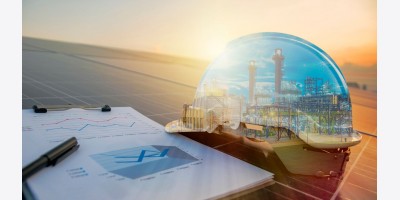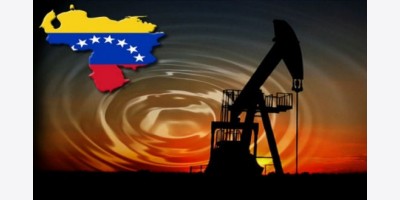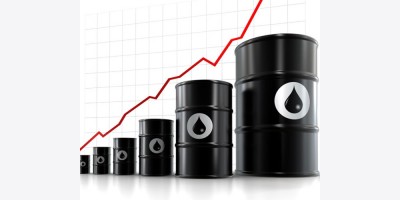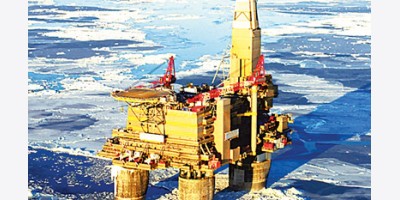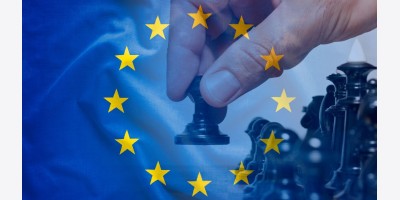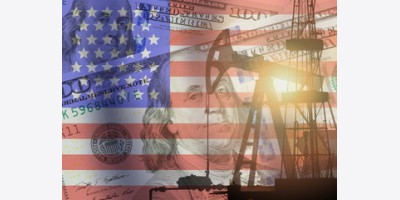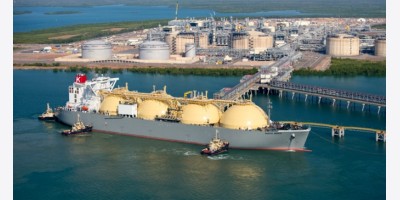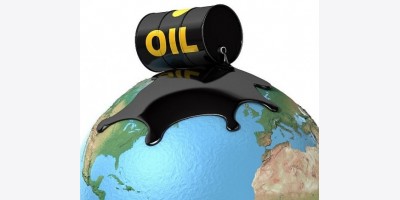James Bullard is right, the US is more than ready to weather its first rise in short-term interest rates for a decade.
To the hawkish St Louis Federal Reserve president, the US is entering a full-blown economic boom and it is time official borrowing costs responded. Barring unexpected shocks, “you will see very strong labour markets and hopefully very strong growth as well”, he said in an interview on August 28.
Whether that view is shared elsewhere in the Fed will become clearer on September 17, when the central bank holds its most scrutinised policy meeting since Janet Yellen took the chair in February last year.
Ms Yellen has argued that it would be “appropriate” to raise rates, if not in September then later in the year, to begin returning monetary policy to normal after the extraordinary conditions of the great recession. With debt servicing costs at their lowest as a share of income since at least the 1980s, officials from the central bank have repeatedly stressed policy would remain very loose even after a move.
But even as the Fed prepares to tighten policy, disinflationary clouds are gathering over many emerging economies, financial markets are shaking, and US exporters are suffering from the hindrance of a higher dollar.
Officials at the central bank face a fiendishly complex picture. Hotspots are emerging across the US economy, in areas ranging from car sales, which are running at their fastest pace in a decade, to commercial real estate prices, which have surpassed their bubble-era peaks.
The unemployment rate has fallen below levels seen at the beginning of both of the Fed’s last two rate-increasing cycles, and companies are finding it harder to fill vacancies than in 2005-06.
In spite of such momentum a Fed survey of its reserve banks released last week suggests there is scarcely a flicker of inflation across their regions, while figures on Friday confirmed wages remain sluggish.
To Peter Bowe, who runs a 130-year old manufacturing concern called Ellicott Dredges in Maryland, a rate rise by the Fed would be a hard pill to swallow. Financing costs for his customers would rise, he says, standing in front of a half-built, 300-ton aquatic vacuum cleaner in his Baltimore factory. The US dollar could rise further — never a welcome prospect for exporters.
Yet the US’s standout performance is reflected in sales generated by his own company, which supplied the dredgers that opened the Panama Canal. For the first time in a decade, he says, revenues are rising more rapidly in his own backyard than in emerging markets, where they are flat.
“Look at US GDP growth compared to the rest of the world,” he says, singling out the country’s resurgent construction sector, where spending is at a seven-year high, as well as stronger outlays on transport and water projects.
Rick Rieder, chief investment officer of fixed income at BlackRock, argues that a string of US indicators are flashing red and the Fed needs to act. His concern is less inflation, which he argues is being suppressed by technological advances, than the financial distortions wrought by ultra-low rates, notably excess debt in parts of the corporate debt markets.
“In a world where global growth is unsatisfying, the US is doing amazingly well,” he says. “There was plenty of ammunition for the Fed to start moving in March — let alone now in September.”
Some of the surest evidence of the recovery can be found in consumer spending. Figures last week showed auto sales rose to an annualised rate of 17.7m — the quickest pace in a decade. Jack Fitzgerald, the founder of Fitzgerald Auto Malls, who has been in business for 50 years, says sales are up “dramatically”.
Easier financing from banks, an expanding population and the need to replace an ageing fleet are helping push demand, as well as the stronger economy. These have been “as good a four years as I’ve seen”, he says, from his dealership in Rockville, Maryland.
As for the Fed, it would take more than a quarter-point rate rise to deter car buyers, Mr Fitzgerald reckons. That is supported by economic modelling, with Oxford Economics estimating an increase would shave just 0.1 percentage points off 2016 gross domestic product growth.
However, what matters after a rate rise is the market reaction, rather than the raw quarter-point increment itself, says Torsten Sløk, international economist at Deutsche Bank. This is harder to predict, and markets will place huge symbolic weight on the first move.
If traders are jolted into pricing a sharp set of subsequent increases — in the face of insistences to the contrary by the Fed — the impact on world markets and the US economy could be more damaging.
With the European Central Bank last week warning of downside risks from China-induced turmoil, traders are still placing low odds on a September move. Global growth is at risk of souring and commodity prices falling, meaning there’s a risk of greater external drags on an economy where inflation has persistently undershot forecasts.
Fear of unforeseen consequences helps explain political pressure from the left for the Fed to hold fire — especially at a time when wage growth in the US remains glacial. Economists and central bankers attending a Kansas City Fed conference in Wyoming’s Grand Teton National Park last month passed by dozens of green t-shirted protesters from the pressure group “Fed Up”, which is calling on the central bank to keep rates at near-zero given the muted wage growth affecting millions of Americans.
Dawn O’Neal, a teaching assistant earning $8.50 an hour, who was attending with the group, says Fed officials should hold their conference in her part of Georgia, rather than scenic Jackson Hole, to get a better idea of conditions for ordinary Americans.
“Our life is a struggle — it is hard to make ends meet at the end of the month. With the Fed getting ready to raise interest rates, what is our economic future going to look like?” she asks.
Against that are the Fed’s own economic models, which suggest the US is hitting full employment and that higher wages and inflation will surely follow. Balancing the conflicting indicators will be ferociously difficult.
Stanley Fischer, the Fed vice-chairman, made the case for action in the coming months at the Wyoming meetings. If policymakers wait for the evidence in favour of higher rates to become overwhelming before they move, he says, they will already be too late.
Copyright The Financial Times Limited 2015. You may share using our article tools.
Please don't cut articles from FT.com and redistribute by email or post to the web.







